It MAY Be Time to Evaluate Soybean Populations
As planting season moves through May, IL Soy Envoy Shelby Weckel says it's time to reassess soybean populations. She explains why farmers should increase soybean populations and other key management factors to consider.
Wet Spring Weather and Nitrogen Loss Revisited
With May's rainfall continuing following a wetter-than-usual April, concerns regarding nitrogen (N) losses are on the rise. In this farmdoc article, Giovani Preza Fontes and Emerson Nafziger talk about the concern of how much N will be available for the 2024 corn crop and determining the optimal timing for additional N application.
Participating in ISA’s Mentorship Program: Exploring Compeer Financial and Beyond
During its pilot year, the Illinois Soybean Association (ISA) collaborated with Illinois Central College to introduce "Growing Careers in Ag," a mentorship program tailored to community college students. Anna Alexander shares her journey within the program and reflects on the the information she learned through the program.
Registration Opens for 2024 Illinois Youth Crop Scouting Competition
The Illinois Youth Crop Scouting Competition offers high school teams the opportunity to showcase their field expertise. Held at the University of Illinois Urbana-Champaign South Farm fields, student groups of 2 to 5, accompanied by an adult coach, move through 10 outdoor stations. They engage in hands-on activities covering topics like weed, insect, and disease identification, corn and soybean growth stage assessment, abiotic injury evaluation, pesticide application, and integrated pest management.
You Think Your Soy Has the Blight: Now What?
In this blog, Stephanie Porter, CCA, of Illinois Soybean Association, explores the deeper issue of soybean seedling blight and urges farmers to consider the underlying causes and how to manage it.
Spring Moth Trapping Update
Kelly Estes of the IL Cooperative Agricultural Pest Survey Program provides an overview of spring moth trap results and forecasts for the upcoming weeks.
Registration Open for 2024 Field Days
ILSoyAdvisor is committed to addressing the diverse soybean production challenges across Illinois. Join us for our summer field events, Field Talks and Tailgate Talks, where agronomic experts will provide region-specific advice and the latest agronomic information.
IDOA Updates “Frequently Ask Questions” for Dicamba Use in Soybean for 2024
The Illinois Department of Agriculture released a "Frequently Asked Questions" document outlining the specifics regarding dicamba use in soybean for the 2024 season. This comprehensive document addresses key dates, policies, restrictions, and more.
EPA Publishes Update on Herbicide Strategy Progress
The EPA issued an update on the Herbicide Strategy, including more options for conservation measures and improved mapping to identify areas requiring practices. By using four tiers to describe mitigation effectiveness, the EPA aims to reduce the areas mandating specific conservation practices. The agency plans to release the complete strategy by August 30th.
What on Earth(worm) Are Those Brown Things?
Stephanie Porter shares more about identifying earthworm egg cocoons, emphasizing their role in soil health. She explains how lack of earthworms in a field doesn't always signify poor soil quality, and factors like soil type, pH, and moisture levels impact earthworm populations in agricultural fields.

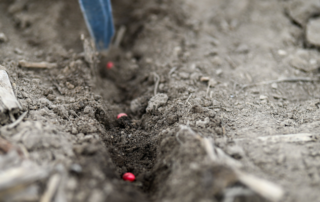
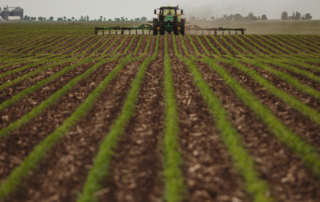
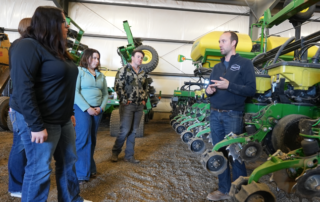
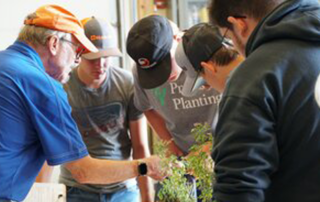
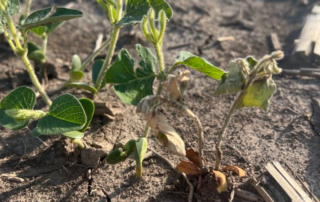
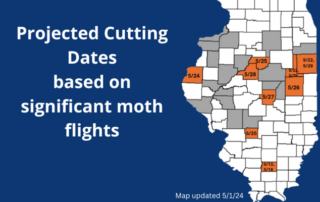
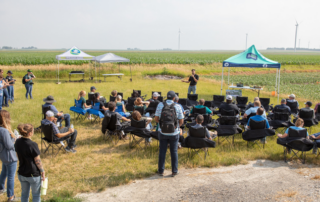
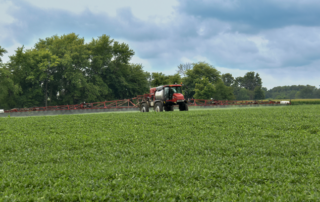
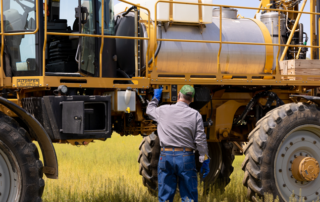
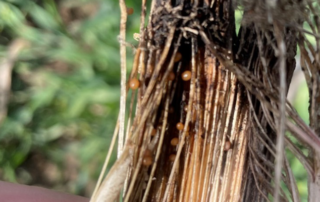

 and then
and then